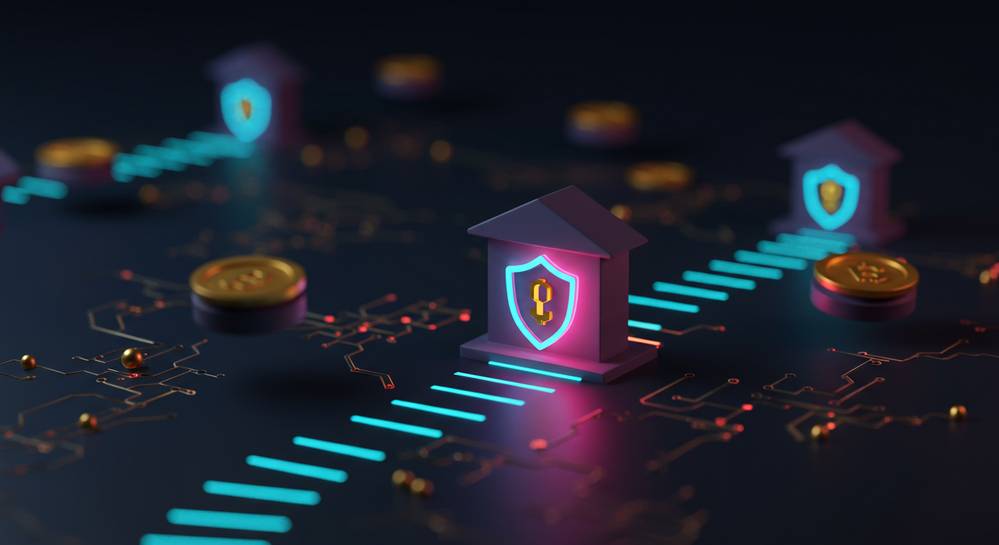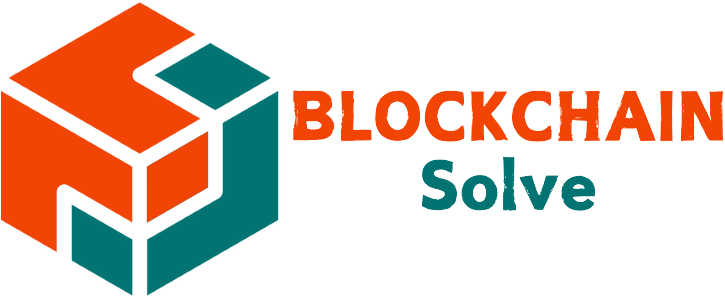Venturing into the world of digital assets can feel complex, but understanding how to start with cryptocurrency is simpler than you think. This guide provides a clear, step-by-step roadmap for beginners. We will walk you through the essential concepts, from grasping the basics and choosing a secure platform to making your first purchase and developing a sound investment strategy, ensuring you begin with confidence and clarity.
Understand the basics before you invest
Before investing your money, it is crucial to understand what cryptocurrency is. At its core, a cryptocurrency is a digital token secured by cryptography. Unlike traditional currencies issued by governments, most are decentralized on a technology called a blockchain. This foundation is the first step in learning how to start with cryptocurrency safely and effectively. Grasping these core concepts is not optional; it is your primary tool for risk management.
Your initial research should focus on four pillars that define the crypto space. Each one carries implications for your investment strategy and security. Understanding them helps you move from speculation to informed decision making.
- Decentralization: No single entity like a bank controls the network. This offers freedom but also means you are solely responsible for your assets.
- Blockchain Technology: All transactions are recorded on a transparent and immutable public ledger. The underlying blockchain technology is what provides security.
- Volatility: Prices can change dramatically in very short periods. This high risk potential is a defining feature you must be prepared for.
- Whitepapers: This is a project’s blueprint. Reading it is a key part of your own research to understand its purpose, technology, and roadmap.
Choose a reputable cryptocurrency exchange

A cryptocurrency exchange is an online platform where you buy, sell, and trade digital assets. This platform is your primary gateway into the market, making your choice a critical first decision. The right exchange protects your funds and personal data, establishing a secure foundation for your investment journey. A platform’s reputation for reliability is paramount, as it directly impacts your security and peace of mind. This step is fundamental to learning how to start with cryptocurrency properly.
Key factors for choosing an exchange
When comparing platforms, focus on these four critical areas. A balanced choice will provide a secure and cost-effective experience. Do not compromise on these core features.
- Security: Prioritize exchanges with multi-factor authentication (2FA), cold storage for the majority of assets, and a transparent security track record.
- Transaction Fees: Look beyond the headline numbers. Compare the complete fee structures for trading, deposits, and withdrawals to avoid hidden costs.
- Available Assets: Ensure the platform supports the cryptocurrencies you intend to buy. A broad selection offers greater flexibility as your strategy evolves.
- User Experience: As a beginner, select a platform with an intuitive interface and responsive customer support. A smooth process reduces the risk of costly errors.
Make your first purchase and secure your assets

After funding your exchange account via bank transfer or debit card, you can make your first purchase. You will typically choose between a market order, which buys at the current price, or a limit order to set a specific price. Executing the trade is simple. The most critical part of how to start with cryptocurrency is what comes next: securing your digital assets independently. True ownership begins after the purchase is complete.
Secure your assets with a personal wallet
Leaving funds on an exchange means you are trusting a third party with your private keys. This convenience comes at the cost of control and security. To truly own your crypto, you must move it to a wallet you control. Understanding the difference between custodial and non-custodial wallets is the first step toward self-sovereignty.
- Hot Wallets (Software): These are applications on your phone or computer connected to the internet. They are convenient for frequent transactions but are more vulnerable to online threats like hacking.
- Cold Wallets (Hardware): These are offline physical devices that store your private keys. They provide the highest level of security for storing significant amounts of cryptocurrency long term.
Develop a smart and safe investment strategy

The cryptocurrency market is defined by volatility, making a disciplined strategy essential. Avoid emotional decisions driven by market hype or the fear of missing out (FOMO). A thoughtful approach helps you navigate market cycles and build a sustainable position. This is a crucial final step in learning how to start with cryptocurrency successfully. Your goal is to make informed decisions, not chase quick profits.
Principles for smart crypto investing
Adopt proven investment principles to protect your capital and increase your chances of long-term success. These habits separate investing from gambling.
- Start Small: Only invest what you can afford to lose. This is the most important rule. Begin with a small amount to learn the market dynamics without significant financial risk.
- Do Your Own Research (DYOR): Never rely solely on social media for advice. Investigate a project’s technology, its real-world use case, and the team behind it. Fundamental value is a better indicator of potential.
- Diversify Your Portfolio: Do not concentrate all your capital into a single cryptocurrency. Spreading your investment across different assets like Bitcoin and Ethereum helps mitigate risk.
- Plan for the Long Term: Successful investors often adopt a long-term perspective. If your research is sound, avoid panic selling during price dips and focus on your long-term goals.
Embarking on your cryptocurrency journey is an exciting step into the future of finance. The key is to proceed with caution, prioritize education, and focus on security. By understanding the basics, choosing a reliable exchange, securing your assets, and investing wisely, you build a solid foundation for success. For more insights and expert guides, explore Blockchain Solve.

